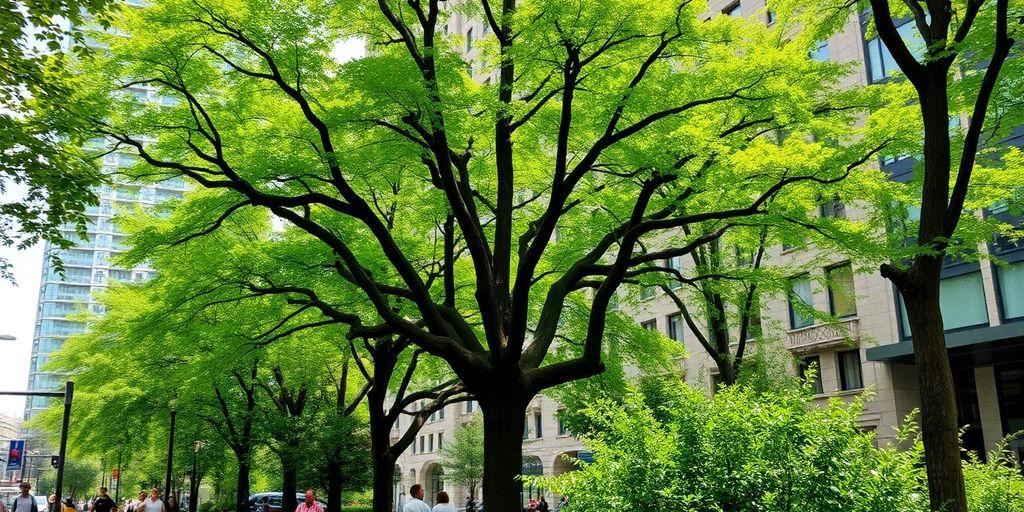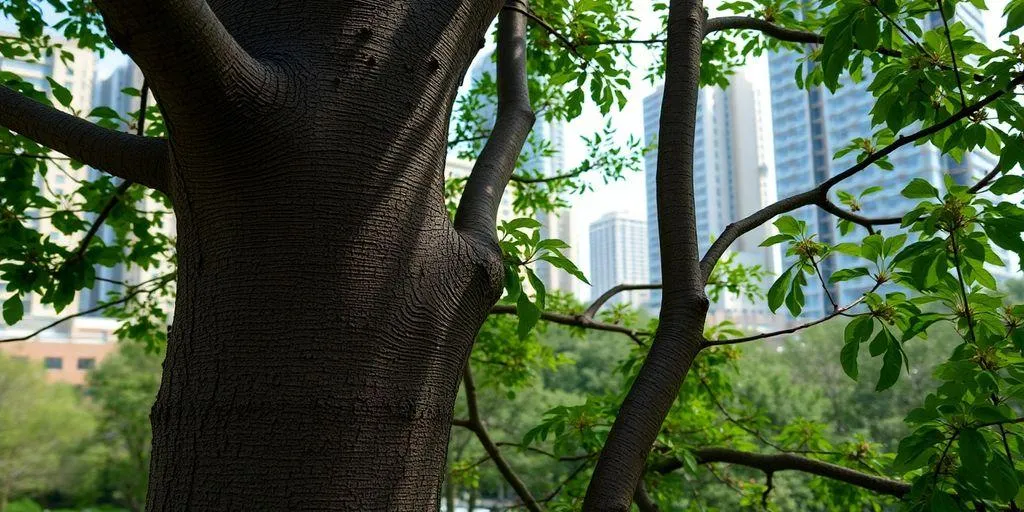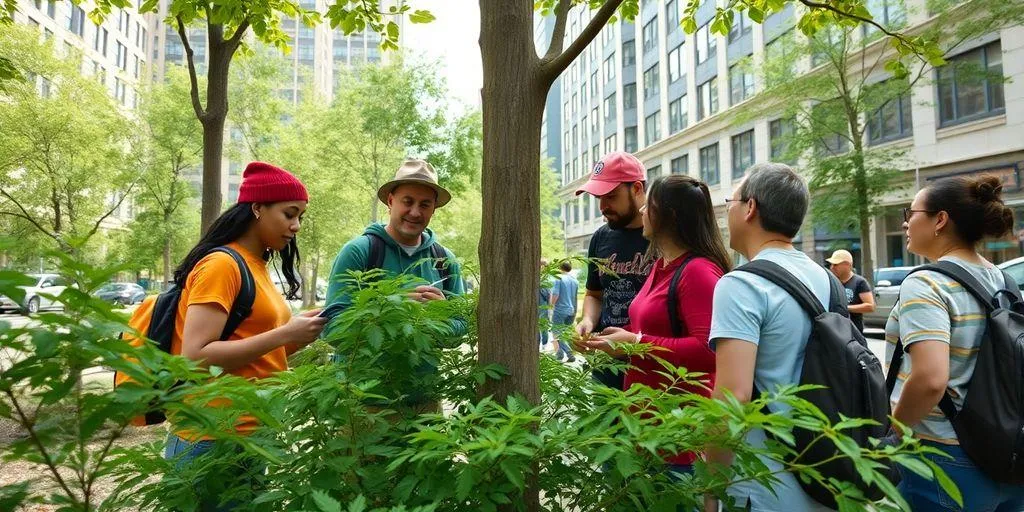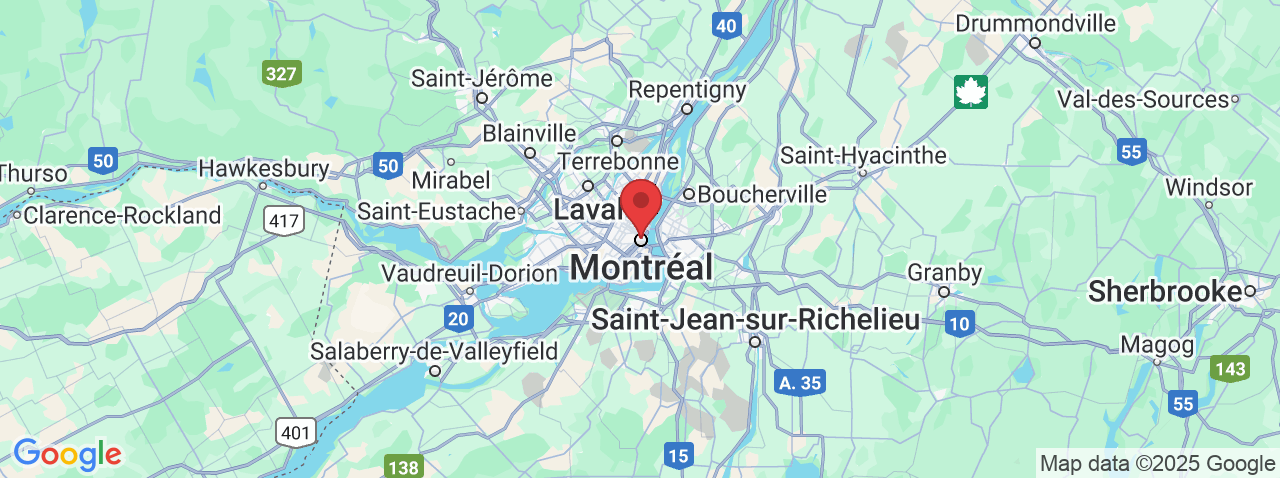Tree Service Montreal
Comprehensive Guide to Tree Inspection in Montreal: Ensuring Urban Green Safety
Explore Tree Inspection in Montreal for urban safety, health, and community involvement. Learn regulations and techniques.
Living in Montreal, you've probably noticed the city's lush green spaces. But keeping those trees healthy and safe is a big job. Tree inspection in Montreal isn't just about keeping our city pretty. It's about making sure our urban environment is safe for everyone. From spotting diseases to following local rules, there's a lot to know. Let's break it down.
Key Takeaways
. Tree inspection is crucial for urban safety and maintaining the health of Montreal's green spaces.
. Understanding and complying with local regulations is necessary when working with trees in Montreal.
. Community involvement plays a vital role in managing and caring for the urban forest.
Understanding the Importance of Tree Inspection in Montreal

The Role of Tree Inspection in Urban Safety
Tree inspection is like a health check-up for our urban forest. It's essential for keeping our city safe and green. Trees can be unpredictable; they may look sturdy on the outside but could be weak or diseased on the inside. Regular inspections help us spot these issues early. We look for signs like cracks, dead branches, or unusual tilting. This way, we can prevent accidents, like falling branches, that could harm people or property. Plus, healthy trees are less likely to fall during storms, making our streets safer.
Economic and Environmental Benefits of Tree Health
Healthy trees aren't just good for safety—they're good for the wallet too. They boost property values and make neighborhoods more appealing. Studies show that streets lined with trees encourage people to shop more, benefiting local businesses. On the environmental side, trees improve air quality by absorbing pollutants and releasing oxygen. They also help manage stormwater, reducing the risk of floods. In Montreal, where urban development is constant, maintaining tree health is crucial for balancing nature with city life.
Addressing Common Tree Diseases and Pests
Trees in Montreal face threats from various diseases and pests. The Emerald Ash Borer, for instance, has been a notorious pest, damaging many ash trees. Regular inspections help us identify such issues early and take action. We use treatments like insecticides or even introduce natural predators to control pest populations. In some cases, affected trees might need to be removed to prevent the spread of disease. By staying vigilant, we can protect our urban forest and ensure it thrives for future generations.
Regulations and Guidelines for Tree Inspection in Montreal
Understanding Montreal's Tree By-laws
In Montreal, we've got specific by-laws to keep our urban forest healthy and safe. These rules are crucial for maintaining the city's green spaces. For instance, if you want to cut down a tree, you can't just go ahead and do it. You need a good reason, like if the tree is dead or poses a risk. The city might also allow it if the tree is in the way of necessary construction. Each case is different, and you’ll need to prove your reason with an arborist's report.
Permit Requirements for Tree Work
Getting a permit for tree work isn't just about filling out a form. It's a bit of a process. Here's what you typically need:
1. Arborist's Report: A detailed assessment from a certified arborist.
2. Property Owner's Letter: If you're not the owner, you'll need their permission.
3. Site Plan: Showing the tree and the surrounding area.
You also need to consider the cost, as permits come with fees. It's all about ensuring that tree work is done responsibly.
Ensuring Compliance with Local Regulations
Staying on the right side of the law means knowing the local regulations. We need to ensure compliance by:
Regularly reviewing city updates on tree management.Consulting with professionals before starting any tree-related projects.Keeping all necessary documentation ready, like permits and reports.
Trees are more than just part of the landscape; they're vital to our community's well-being. By following these guidelines, we contribute to a greener, safer Montreal.
Techniques and Tools for Effective Tree Inspection

Modern Equipment Used in Tree Inspection
When it comes to inspecting trees, having the right tools is half the battle. Today, we use a mix of traditional and high-tech equipment to get the job done.
Tree climbing gear is a must for those tall ones, letting us get up close and personal with the branches. For the tech-savvy, there's sonic tomography, a cool tool that helps us see inside the tree without cutting it open. It works by sending sound waves through the tree to check for any hidden rot or hollow spots. We also have drones now, which are great for getting a bird's-eye view of the canopy.
The Process of Diagnosing Tree Health
Diagnosing a tree's health is like being a tree doctor. We start by looking at the leaves, bark, and roots. Healthy leaves are usually a good sign, but if they're yellow or falling off, it might mean trouble. Bark should be smooth and intact; cracks or peeling could signal disease. Roots are tricky, but if they're exposed or damaged, that's a red flag. We also listen to the tree. Tapping it can reveal hollow spots. And let's not forget about soil tests—they tell us if the tree is getting enough nutrients.
Innovative Methods for Pest and Disease Control
Keeping pests and diseases at bay is crucial for tree health. One method we use is biological control, which involves introducing natural predators to combat pests. It's like letting nature do the work for us. Another approach is using chemical treatments, but we try to keep these to a minimum. Instead, we prefer integrated pest management, a strategy that combines different techniques for the best results. And for those pesky insects like the Emerald Ash Borer, we might use traps or special insecticides that target them specifically.
Trees are like the lungs of our city, and keeping them healthy is everyone's responsibility. With the right tools and techniques, we can ensure they're around for generations to come.
Community Involvement in Urban Tree Management

Engaging Citizens in Tree Care
Involving the community in tree care is like having an extra set of hands—and eyes—on our urban forest. We believe that when residents take an active role in maintaining trees, it not only lightens the load for city workers but also builds a sense of pride and ownership. When people plant or care for trees, they tend to appreciate them more. It’s simple, really. By encouraging citizens to participate in tree planting events or adopt-a-tree programs, we can create a network of tree guardians throughout Montreal.
Educational Programs and Workshops
Knowledge is power, especially when it comes to tree care. We host workshops and educational programs to teach residents about tree health, pest management, and the benefits of a robust urban canopy. These sessions are hands-on and fun, perfect for families or groups looking to learn something new. Here’s what we usually cover:
. Basic tree biology and identification
. Common pests and diseases
. Tree planting and maintenance tips
Collaborative Efforts for a Greener Montreal
Building a greener city is a team effort. We collaborate with local schools, businesses, and environmental groups to expand our reach and impact. Together, we organize tree-planting drives and community clean-up days. These events are not just about planting trees—they’re about planting ideas and fostering a community spirit.
By working together, we can transform Montreal into a lush, vibrant city where trees are not just part of the landscape but part of our community identity.
